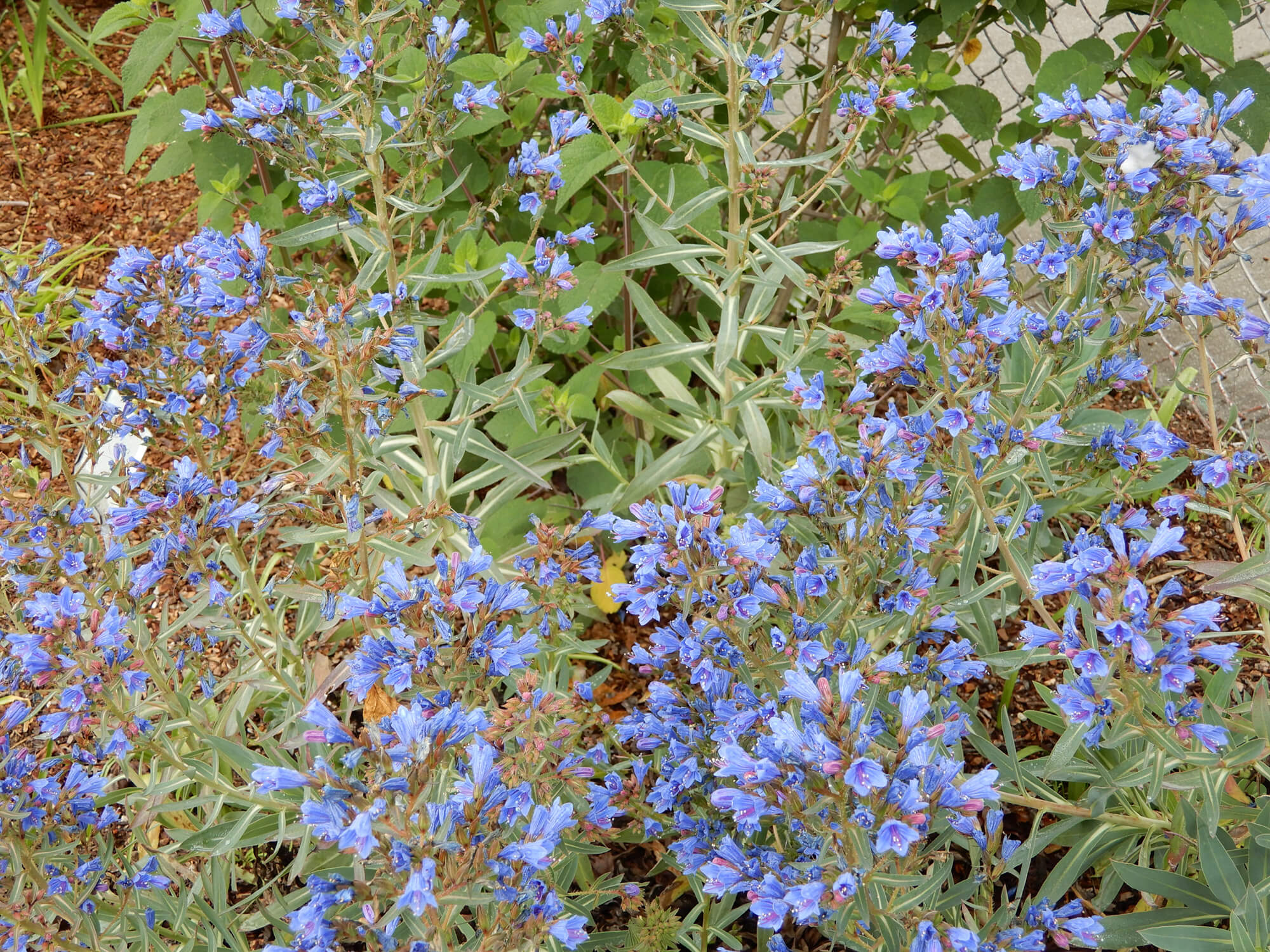 Even in retirement I still enjoy composing the 4 by 5 inch sign cards that you see on groups of plants when you visit the nursery. They are meant to help customers with a brief description of each plant, including ultimate size, light and soil requirements, and tidbits of information about special features such as drought tolerance or deer resistance. But what we call a plant is a rapidly changing subject. The other day I realized that the rate of name changes for genera has increased exponentially over the past decade!
Even in retirement I still enjoy composing the 4 by 5 inch sign cards that you see on groups of plants when you visit the nursery. They are meant to help customers with a brief description of each plant, including ultimate size, light and soil requirements, and tidbits of information about special features such as drought tolerance or deer resistance. But what we call a plant is a rapidly changing subject. The other day I realized that the rate of name changes for genera has increased exponentially over the past decade!
Botanists constantly update their views on how to classify plants. In the past this was mostly based upon visible characteristics, but genetic work has added new evidence and as a result botanists have been reclassifying plants to reflect recently revealed evolutionary relationships. Occasionally plants are more closely related to each other than originally thought, and are placed in the same group (lumping). But more often findings lead to new genera (splitting). Presumably this research should lead to future stability, but at present we are in a period of change.
Oh how I miss the day when we knew what a Florist’s Cineraria was; now Pericallis hybrida. Or consider our CA natives; Cupressus is now mostly Hesperocyparis, and Rhamnus is mostly Frangula. And don’t get me started about what happened to the genus Chrysanthemum, which has now been torn apart into more than a half-dozen genera! When making new sign cards I still try to reference old names, and in many cases I just go with the flow as in: if all of our growers continue to use the old name, then so do I… for a while.
Many of the plants at Berkeley Horticultural Nursery are arranged alphabetically by genus, so imagine the conundrum that ensues when we try to stay true to the International Code of Botanical Nomenclature. Common names are fun, and can be helpful, but don’t make it any easier for us to find a Mock Orange or a Fern Pine. We’re not a library, but for our staff, finding a particular plant or helping a customer request a specific item is extremely important. Perhaps we are moving away from a strict adherence to botanical names; only time will tell. In the mean time I will be referencing synonyms, alternate names, and common names when producing new information cards.
Thanks for allowing me to vent my frustrations about something that will never change; that is botanists keeping us busy. Now, excuse me while I check on availability of Zauchneria plants.



